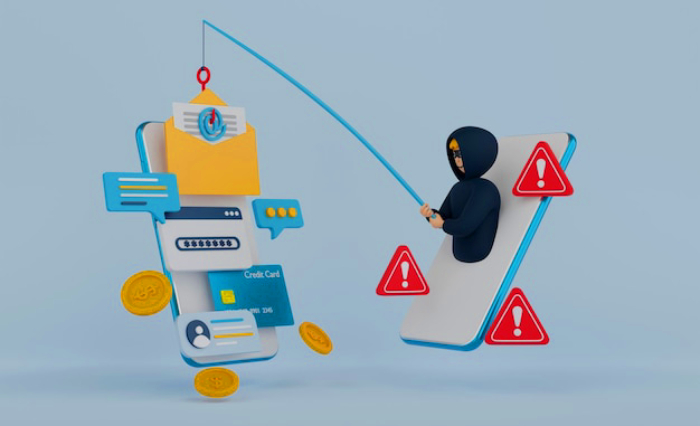A Comprehensive Guide On How To
Prevent Phishing
Phishing attacks have become one of the most common and dangerous threats in the digital world. Cybercriminals use deceptive techniques to trick individuals into revealing sensitive information, such as login credentials, financial data, or personal details. These attacks can have devastating consequences for both individuals and organizations.
However, with the right knowledge and proactive measures, you can significantly reduce the risk of falling victim to phishing scams. This comprehensive guide will equip you with essential tips and strategies to prevent phishing attacks and protect your digital assets.
Understanding Phishing
Phishing is a form of cyber attack that typically involves fraudulent emails, messages, or websites designed to appear as though they are from reputable sources. The attackers impersonate trusted entities, like banks, social media platforms, or online services, to lure victims into clicking malicious links or providing sensitive information. Once the attackers obtain this data, they can use it for identity theft, financial fraud, or to gain unauthorized access to sensitive accounts.

How Phishing Works
- Email Spoofing: Phishers forge the sender's email address to make their messages appear legitimate, tricking recipients into believing they are from a trustworthy source.
- Deceptive Links: Phishing emails often contain links that lead to malicious websites that mimic legitimate sites but aim to steal login credentials or install malware.
- Social Engineering: Phishers use psychological manipulation to create a sense of urgency, fear, or curiosity, pushing victims to act quickly without thinking critically.
Effective Phishing Prevention Strategies
1. Be Vigilant and Educate Yourself
Awareness is the first line of defense against phishing attacks. Stay informed about the latest phishing trends, techniques, and common red flags. Regularly read articles and resources from reputable cybersecurity websites and organizations to stay updated on potential threats. Educate yourself and others around you about the risks of phishing and how to identify suspicious emails or messages.
2. Verify the Source
Always double-check the sender's email address and domain before clicking on any links or providing sensitive information. Pay close attention to minor variations in email addresses, as phishers often use domain names that closely resemble legitimate ones. If you are unsure about an email's authenticity, contact the supposed sender through a separate communication channel to verify the message's legitimacy.
3. Don't Click on Suspicious Links
Avoid clicking on links in emails or messages from unknown or unverified sources. Instead, hover your mouse over the link (without clicking) to inspect the URL. Verify that the link leads to a legitimate website and not a phishing page. If in doubt, access the website directly by typing the URL into your browser or using a bookmark.

4. Beware of Urgent or Threatening Language
Phishing emails often use urgent or alarming language to prompt immediate action. Be cautious of messages that claim your account will be suspended, you've won a prize, or your financial information needs verification. Legitimate organizations seldom use such tactics, so treat any urgent request with skepticism.
5. Use Multi-Factor Authentication (MFA)
Enabling MFA adds an extra layer of security to your accounts by requiring a second form of authentication, usually through a text message or an authenticator app. Even if phishers obtain your password, they won't be able to access your accounts without the additional verification.
6. Keep Software Updated
Regularly update your operating system, web browsers, and security software. Software updates often include patches for known vulnerabilities that could be exploited by phishing attacks.
7. Implement Email Filters
Enable spam filters and email authentication mechanisms like DKIM, SPF, and DMARC to prevent phishing emails from reaching your inbox. These filters can significantly reduce the number of malicious emails that make it through.
8. Report Phishing Attempts
If you encounter a phishing attempt, report it to your email provider or organization's IT department. Reporting these incidents helps improve security measures and protects others from falling victim to similar attacks.
Visit PhishProtection Here.
PhishProtection
5965 Village Way Suite 105-234,San Diego, CA 92130
Phone: +1-855-647-4474 (USA), +44-808-168-7042 (GB)
Overall, preventing phishing attacks requires a combination of vigilance, knowledge, and proactive measures. By staying informed, being cautious, and implementing the strategies outlined in this comprehensive guide, you can significantly reduce the risk of falling victim to phishing scams. Remember, cybercriminals are constantly evolving their tactics, so it's essential to remain alert and regularly update your security measures to stay one step ahead of the attackers. Protecting yourself and your digital assets from phishing attacks is an ongoing commitment that will safeguard your online presence in the ever-changing digital landscape.